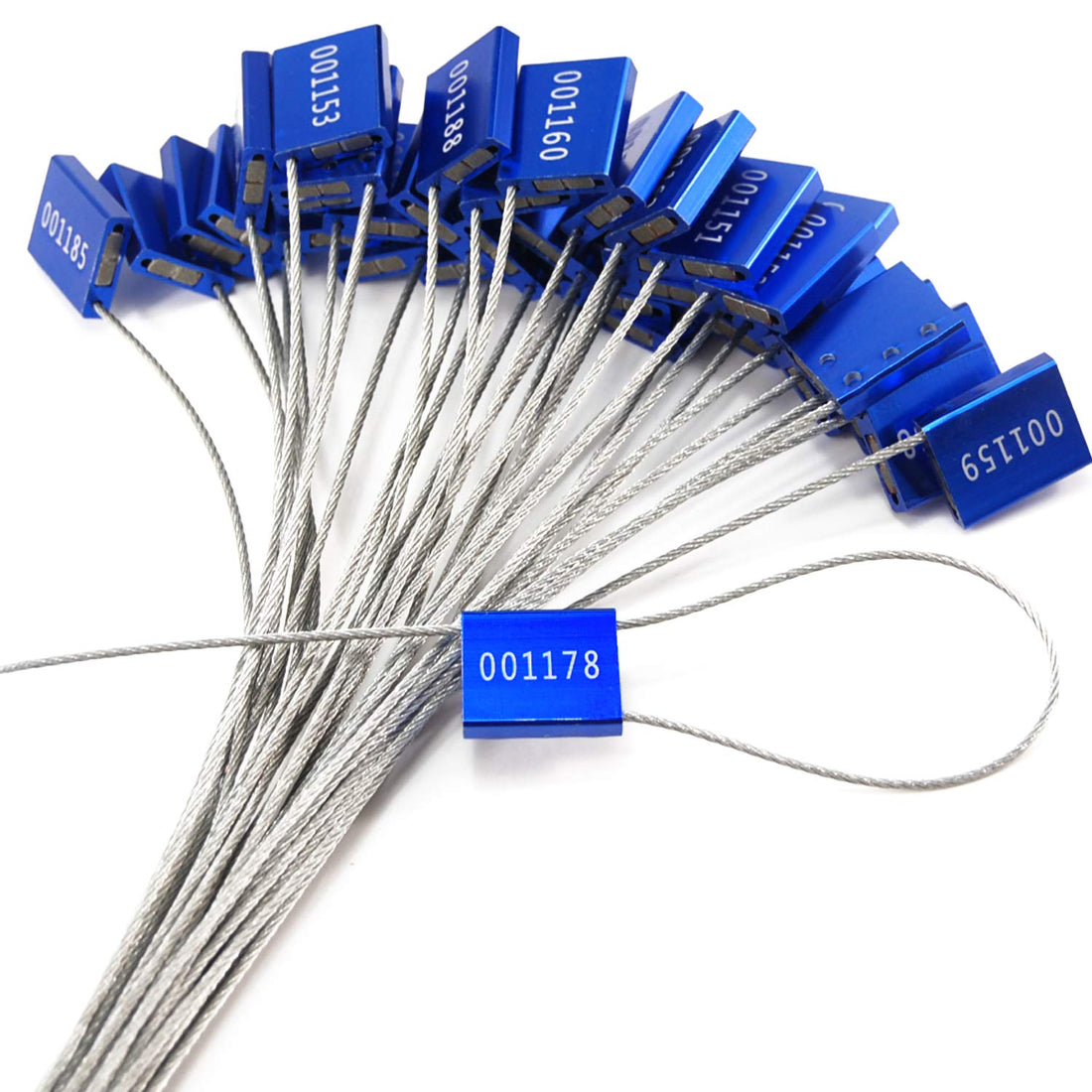High-security seals are critical for the prevention of theft, tampering, and unwanted access to valuable goods, cargo, and shipments. Industries like shipping, storage, logistics, and transportation make extensive use of these high security seals in USA. However, proper application and inspection are necessary to optimize their efficacy. Here is a detailed explanation of how to apply and inspect high-security seals correctly.
Applying High-Security Seals Properly
- Choose the Right Seal
The functions of various high-security seal types, including plastic, cable, and bolt seals, vary. Make sure the seal you select meets your security requirements and conforms with industry standards such as ISO 17712.
- Inspect the Seal Before Application
Assess the seal for flaws, indications of manipulation, or missing parts before application. Every seal needs to be undamaged and appropriately numbered to ensure security and tracking integrity.
- Apply the Seal Correctly
o Make sure the seal is attached to the appropriate locking mechanism, such as the cargo box, truck trailer lock, or container door latch.
o Tighten the seal by correctly inserting its locking mechanism.
o Press the pin into the barrel of a bolt seal until a "click" is heard.
o Put the cable through the locking hole and draw it tight to stop unwanted removal of cable seals.
- Record Seal Information
Note the seal number, the date, the time, and the individual who applied it. This aids in monitoring and confirming its integrity while in transit.
Inspecting High-Security Seals for Tampering
- Verify Seal Number and Condition
Make sure the seal number matches the records when you get the cargo. A different number could be a sign of tampering.
- Check for Visible Damage
Look for any cuts, cracks, or indications of forced entry on the seal. Keep an eye out for any changes, scratches, or weld marks that might point to attempts at tampering.
- Look for Tamper-Evident Features
Anti-tampering features like color shifts, breakaway parts, or security markings are common in high-security seals. Take a close look at these to find any irregularities.
- Assess the Locking Mechanism
There may be signs of a loose or misaligned locking mechanism in a compromised seal. The seal might have been tampered with if it is not locked firmly or fits strangely.
- Report and Replace Compromised Seals
Report any anomalies you discover right away to the appropriate authorities or security staff. Take out the compromised seal and put a fresh, validated one in its place.
High-security seals must be applied and inspected correctly to maintain cargo integrity and stop unwanted access. Businesses can reduce the risk of theft or tampering and improve supply chain security by using these measures. Ensuring comprehensive inspections and precise documentation can improve security overall and safeguard priceless assets.

